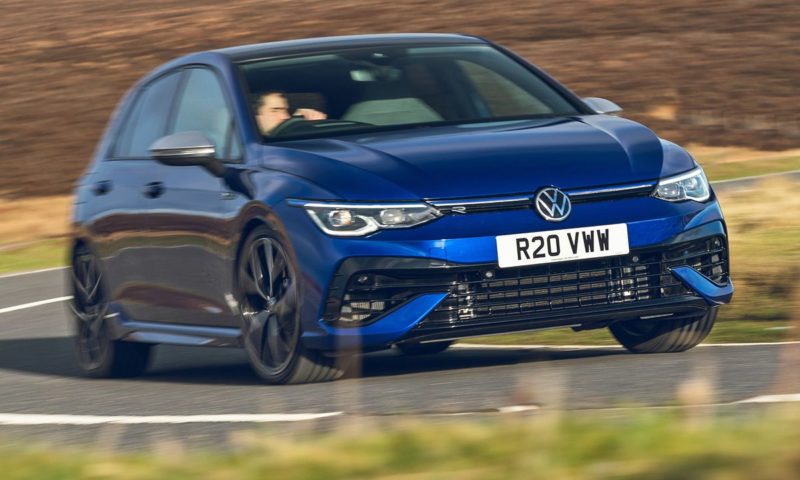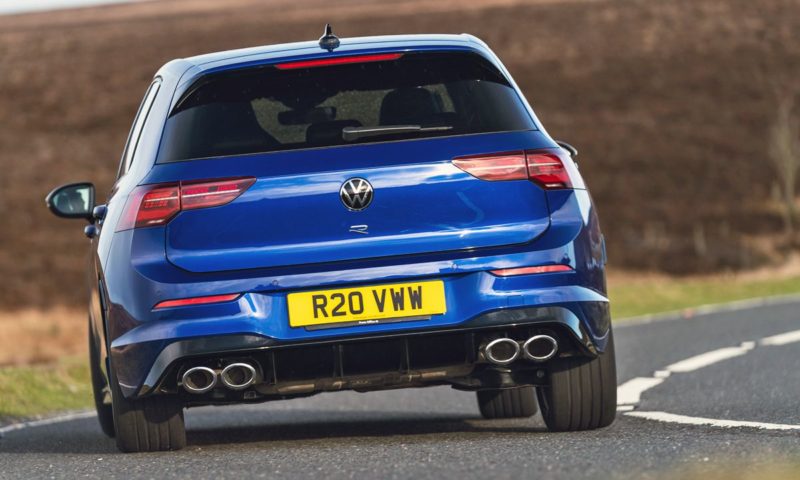A Volkswagen engineer has promised the new Golf 8 R’s clever 4Motion all-wheel-drive system “transforms” the hot hatch.
“This is one of the key technologies that makes this the best Golf R yet by far,” said Jan Schiedek-Jacht, Volkswagen’s head of technical development for the Golf R, making reference to what VW calls “4Motion with R-Performance Torque Vectoring”.
“It transforms the vehicle, giving a dynamic, intuitive feeling to the driver. It delivers a planted experience on a winding road or track while minimising over- and understeer,” he said.
As a reminder, the new Golf R generates 235 kW and 420 N.m (the latter from 2 100 to 5 350 r/min) from its familiar EA888 turbocharged 2,0-litre, four-cylinder petrol engine, delivered to all four wheels via a seven-speed dual-clutch transmission. VW South Africa says we can expect the newcomer to hit the local market in either the final quarter of 2021 or the first quarter of 2022.
The latest 4Motion arrangement features rear-axle torque vectoring, which the Wolfsburg-based firm says “serves as the foundation for the updated handling abilities of the Golf R, delivering a new level of performance for its category”.
The standard 4Motion system in the previous Golf R could send up to 50 percent of the engine’s total power to the rear axle. The differential from the 4Motion drive system normally transfers the power in a 50:50 ratio via a multi-plate clutch to the left and the right-hand rear wheels, even as the differential lets them rotate at different speeds when cornering.
However, the new torque vectoring system in the Golf 8 R uses a rear differential with two multiplate clutches that can now distribute up to 100 percent of the rear torque to an individual rear wheel. VW says this system is designed to “decide how to apportion power between the wheels based on speed, power application, yaw and other factors”.
The 4Motion system has also for the first time been connected to the vehicle dynamics manager, which monitors handling and adapts individual wheel damping. It can use a combination of selected single-wheel braking or the torque vectoring clutches to correct moments of oversteer or understeer.
It’s this torque vectoring technology that is behind the Golf R’s new “Drift” mode. With this setting selected, the stability control parameters are loosened, with the torque vectoring system kicking off the drift by sending all available rear torque to the outside wheel.
Of course, VW emphasises the drift mode is “only to be used on racetracks or closed courses by drivers who are trained, skilled and experienced in drifting”. Don’t say we didn’t warn you…












